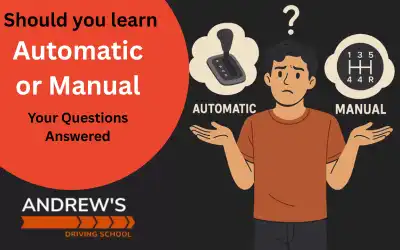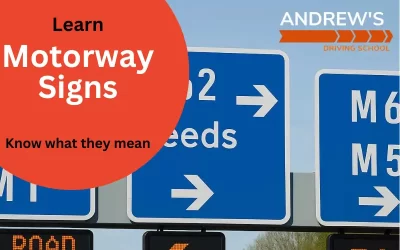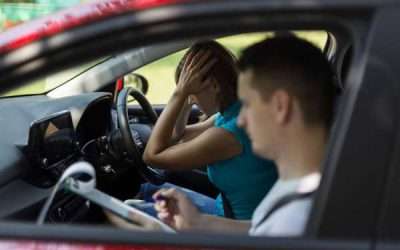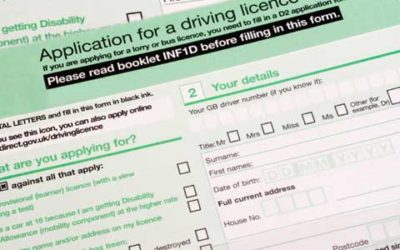Tyre Tread Depth: The Essential Guide for New & Learner Drivers
Why tyre tread matters, the legal limits, and how to check yours easily
Tyre Tread Depth – What Learner Drivers Need to Know
Your car’s tyres are the only part that actually touches the road, so looking after them is vital. One of the most important things to check is tread depth.
Good tread helps your car grip the road, especially in the wet. If your tread is too low, your stopping distances will increase, and you’ll have a higher risk of losing control.
Let’s look at what tread depth is, the legal rules, and how you can check it easily.
What is Tread Depth?
Tread depth is the measurement of the grooves in your tyre.
These grooves help clear water away so the rubber can grip the road surface properly.
As you drive, your tyres wear down. If the tread is too shallow, the tyre can’t move water out of the way effectively, and you risk aquaplaning (where your tyres lose contact with the road in the wet).
- The Legal Minimum Tread Depth
In the UK, the law says your car tyres must have at least 1.6 mm of tread depth across:
The central three-quarters of the tyre’s width
The entire circumference of the tyre
Driving with tyres below this limit is illegal. If you’re caught, you could get:
- A £2,500 fine for each tyre
- 3 penalty points for each tyre
If all four tyres are illegal, that’s potentially £10,000 in fines and 12 points on your licence.
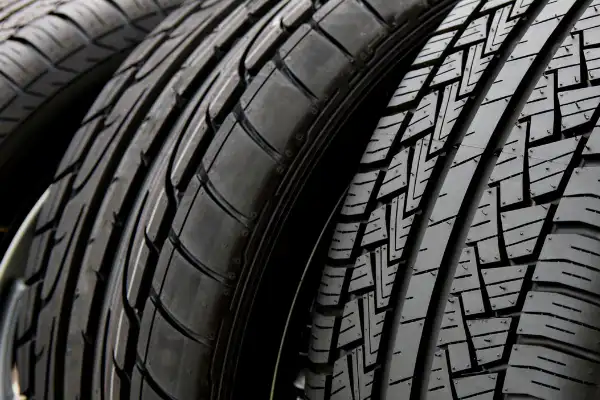
Why You Shouldn’t Wait for 1.6 mm
Although 1.6 mm is the legal minimum, many experts recommend changing tyres before they get that low.
Braking distances increase well before the legal limit:
At 3 mm tread, wet braking distances are already significantly longer than new tyres.
TyreSafe says stopping distances can be up to 44% longer between 3 mm and 1.6 mm in the wet.
For safety, it’s best to replace your tyres around 3 mm rather than waiting until they’re illegal.
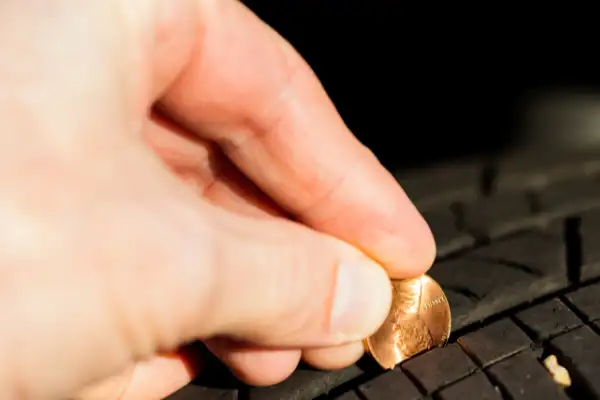
Bald Tyres – Why They’re Dangerous
A “bald” tyre means the tread is worn down completely or below the legal limit. Bald tyres can’t clear water effectively, which massively increases the risk of aquaplaning in wet conditions.
They also provide less grip in all weather, making it harder to accelerate, corner, and brake safely.
Driving on bald tyres is illegal in the UK. If you’re caught, you could face fines and penalty points just like with any tyre below 1.6 mm tread depth. Even more importantly, bald tyres put you, your passengers, and other road users at serious risk.
Always replace tyres well before they become bald to stay safe and legal.
How Tyres Affect Braking and Stopping Distances
Your tyres have a huge impact on how quickly you can stop. Good tread depth ensures the rubber can grip the road surface properly, especially in wet or slippery conditions.
Worn or bald tyres increase stopping distances because there’s less contact with the road and less ability to channel water away. This means it takes longer to come to a complete stop, which can be the difference between avoiding a hazard and having a crash.
For example:
In wet conditions, stopping distances can be up to 44% longer at 1.6 mm tread compared to 3 mm.
Poor tyre condition also affects braking in the dry by reducing grip and stability.
Keeping your tyres in good condition is one of the simplest ways to ensure you can stop safely in an emergency.
How to Check Your Tread Depth
Checking your tyres is quick and easy. Try these methods:
✅The 20p Test
Insert a 20p coin into the main grooves of your tyre.
Look at the outer band of the coin.
If you can see the band, your tread is likely below 1.6 mm and needs replacing.
This is a simple check you can do anywhere.
TyreSafe says stopping distances can be up to 44% longer between 3 mm and 1.6 mm in the wet.
For safety, it’s best to replace your tyres around 3 mm rather than waiting until they’re illegal.
Tread Wear Indicators
Most tyres will have small raised bars in the grooves.
- When the tread is worn down and is flush with these bars, your tyre is at the 1.6mm limit.
- This is the final warning to change them.
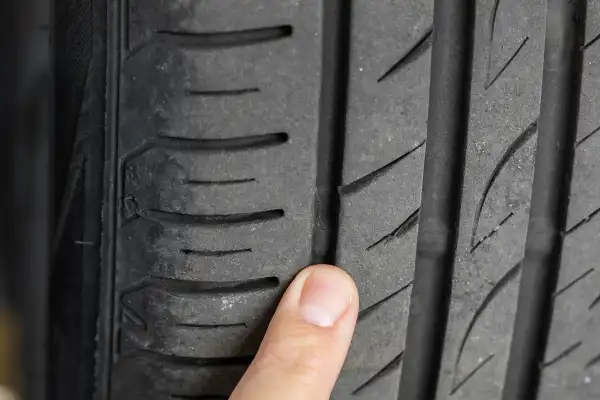
✅ Tread Depth Gauge
For an accurate reading
- Use a tread depth gauge (they’re cheap and easy to use).
- Measure across different parts of the tyre, as wear can be uneven.
- When Should you Check your Tyres?
Tyre experts recommend checking:
- Every two weeks
- Before a long journey
As well as tread depth, check for:
- Cuts or Bulges
- Objects stuck between the tread
- Uneven wear ( which can be a sign of alignment or tyre pressure problems )
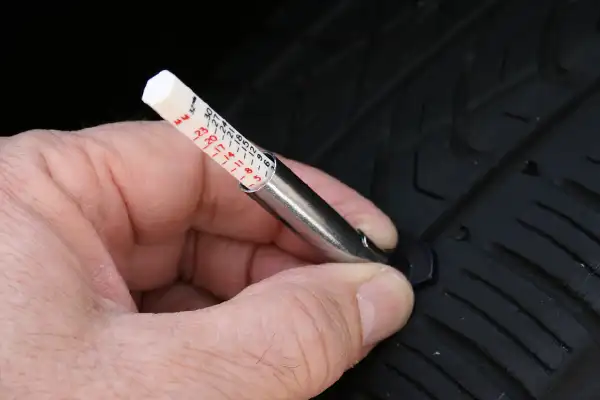
Check your tyre tread with a tyre tread gauge
This is the easiest way to check your tyre tread depth.
Don’t Forget Tyre Pressure and age of your Tyres
✅ Pressure – Check and adjust it regularly. Wrong pressures can cause uneven wear and poor handling.
✅ Age – Even with good tread, old tyres can be unsafe. Rubber degrades over time. Most manufacturers recommend replacing tyres after 10 years regardless of tread.
Quick Summary
✔ The legal minimum tread depth is 1.6 mm.
✔ For safety, consider replacing at 3 mm.
✔ Check your tyres every 2 weeks and before long trips.
✔ Use the 20p test, wear indicators, or a gauge.
✔ Don’t forget to check pressure and look for damage.
Staying on top of tyre checks is one of the easiest ways to make sure you’re driving safely—and legally. It only takes a few minutes but can make a huge difference in an emergency.
If you’re learning to drive, get into the habit of checking your tyres regularly—it’s a skill that’ll help you for life!
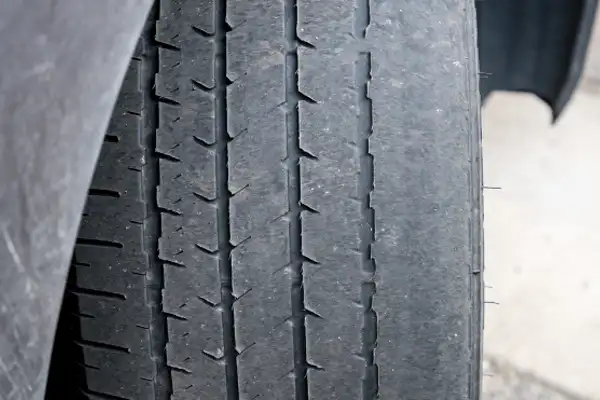
Tyre Worn on the outer edge
This tyre is illegal, probably caused by the tracking being out of alignment.
What is learner insurance?
What Is Learner Insurance?Learner insurance (also called learner driver insurance or learner car insurance) is a special type of policy for people with a UK provisional driving licence. If you’re learning to drive and want to practise outside of lessons, you need...
Are Electric Cars Automatic or Manual?
Are electric cars Automatic or Manual?Electric cars differ from traditional cars but are electric cars automatic or manual? Driving an electric car is a different experience to driving either a petrol or diesel car. It is also different from what we know as automatic...
Should I Learn Automatic or Manual
Choosing to learn to drive automatic or manual, read about the advantages and disadvantages of both to help make an informed choice
Motorway Signs Driving Theory
Motorway signs explained in plain english, know the meanings of those signs with a blue
When to Use Fog lights
When to use fog lights and what The Highway Code and Law says about when to use fog lights As autumn and winter roll in, you might find yourself using your fog lights a bit more often than usual, so let's chat about what the law really says about them and figure out...
Driving Test Faults Explained Major, Minor What makes a fail.
Driving Test Faults Explained, what makes minor or major, and how many faults can you accrue on your driving test
What You Need To Know About Driving In Winter
Winter Driving advice , Demisting and driving in Snow, Rain, Ice, Wind or fog. Learn how best to deal with the worst winter driving conditions.
Summer driving tipsdrivi
Great tips and advice for summer driving, from staying hydrated to keeping your windscreen clear. Stay safe on the roads this summer with our top tips.
How to pass your driving test first time
If you have a driving test coming up read our top tips to help you pass the driving test first time. Also driving test marking sheet explained. What to expect on test day? What car will I use for my driving test? How many minors can i get on my test? Answers to all of these questions.
How Many Driving Lessons do I Need?
How many lessons do I need, find out the average amount of driving lessons needed to pass your driving test.
Learner Drivers on Motorway
Learner drivers are now allowed to have driving lessons on Motorways. This new ruling came into force on 4th June 2018.
Extended driving test
What you need to know if you need to take an extended driving test. If you have been ordered by a court to take an extended test we have information to help you to get your license back.



